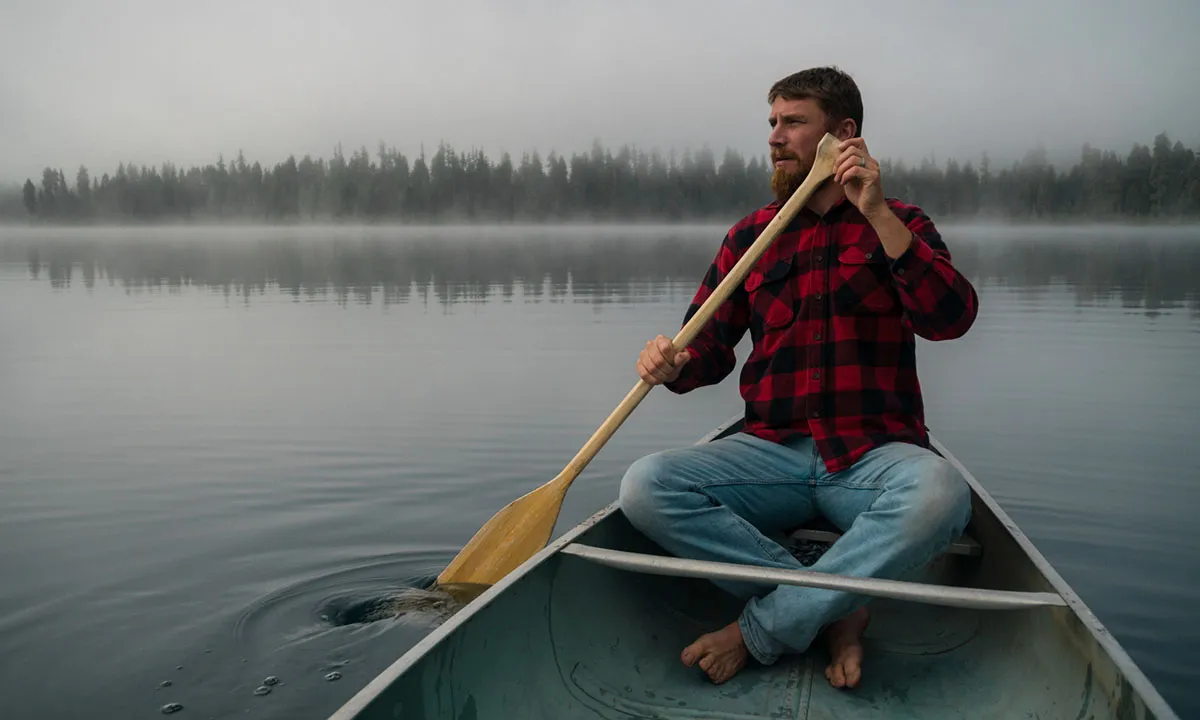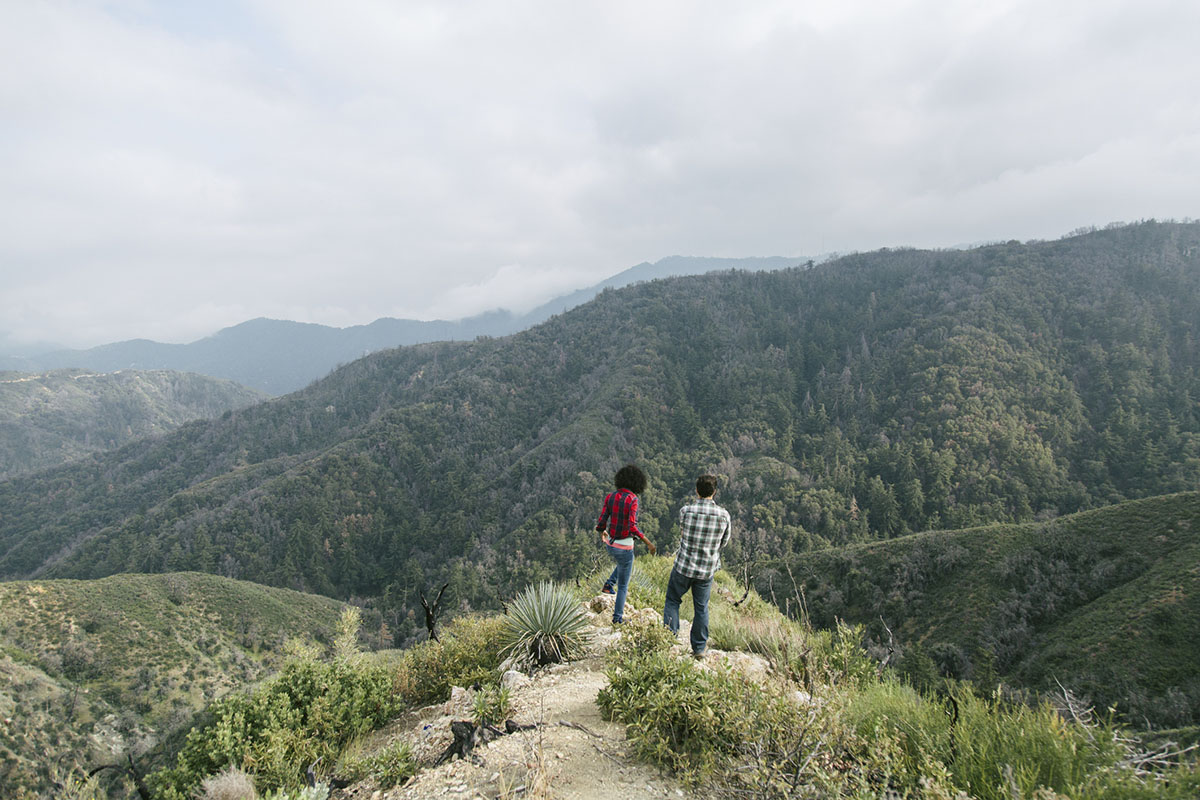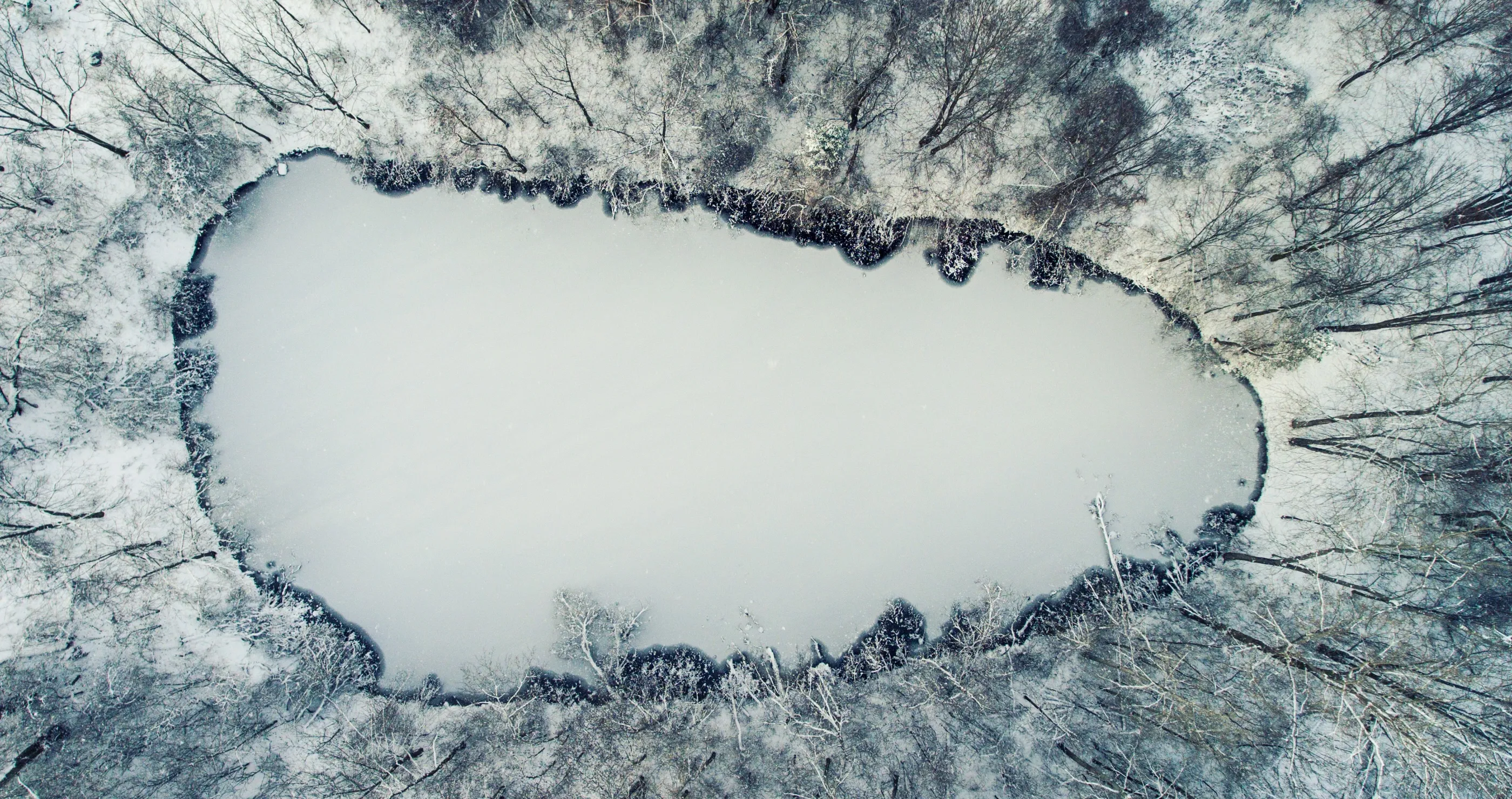

We all have one of these in our closet, and you’re probably getting ready to dust it off for the upcoming autumn weather. No matter the color, no matter the size, we all know this plaid fabric well. That’s right, today we’re talking about the history of flannel.
Videos by Outdoors
Flannels have become a staple in a variety of subcultures and are very popular during the fall months. Whether you’re grunge or country, if you’ve got a flannel, you’ll be reaching for it over the next couple of months, guaranteed. Where did flannel come from, though, and why have they become so popular?
A Quick History

The origins of flannel can be traced back to 17th-century Wales. Extra wool in textile shops was used to create a warm, moisture-wicking fabric. Flannel is loosely woven, which is part of what makes it so soft and comfortable. Though flannels used to be made entirely of wool and yarn, they are now often made of wool and cotton blended fabrics to make them more affordable.
At the beginning of the 1900s, flannel became popular with construction workers and frontiersmen, but by the 1990s, flannels had become popular with grunge subcultures and anti-conformity groups.
Flannel and the Great Outdoors

Though flannels (specifically plaid flannels) have stayed popular amongst various kinds of people, they have stayed popular amongst outdoor enthusiasts for their durability and versatility.
True flannel, made mostly of wool, is incredibly warm and great for being outside in cold weather, which is why they become so popular in the fall and winter months. They also wick-moisture from the body, which is non-negotiable when it comes to buying base layers.
It is also incredibly versatile, making it great clothing for hiking, fishing, camping, and more. All in all, it is a great layering option for the cooler months.
When picking out your flannels, make sure they are primarily made of wool. Remember, it’s not a great idea to wear cotton when camping and hiking in the winter, and the last thing you want is to be cold, wet, and uncomfortable.









